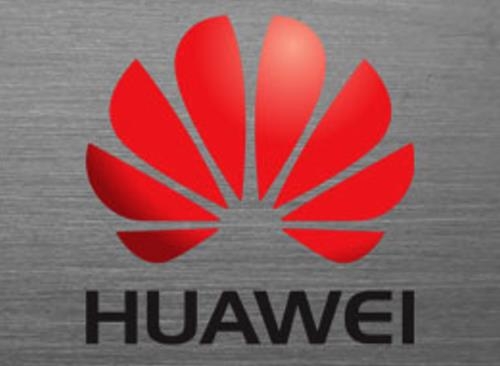
Huawei has filed its appeal against the ban on the US federal government buying its products. The lawsuit claims the ban included in the National Defense Authorization Act of 2019 is unconstitutional, and the company wants the federal court in Texas to impose a permanent injunction against the restrictions, according Telecompaper. Huawei said in a statement that the US Congress "has repeatedly failed to produce any evidence" to support its restrictions on Huawei products. Guo Ping, Huawei's rotating Chairman said the ban was "not only is unlawful, but also restricts Huawei from engaging in fair competition, ultimately harming US consumers".
The lawsuit was filed in the US District Court in Plano, Texas. Section 889 of the defense act not only bars all US government agencies from buying Huawei equipment and services, but also bars them from contracting with or awarding grants or loans to third parties who buy Huawei equipment or services, without any executive or judicial process. This means Huawei cannot supply the many small operators in the US that benefit from federal universal service subsidies.
Huawei said this violates the bill of attainder clause and the due process clause in the US constitution. It also violates the separation-of-powers principles enshrined in the constitution, because Congress is both making the law, and attempting to adjudicate and execute it, the company claims.
Song Liuping, Huawei's Chief Legal Officer, said: "Section 889 is based on numerous false, unproven, and untested propositions. Contrary to the statute's premise, Huawei is not owned, controlled, or influenced by the Chinese government. Moreover, Huawei has an excellent security record and program. No contrary evidence has been offered."
Huawei claimed further that the ban on its products would hold back the development of 5G in the US as well as efforts to reduce the digital divide. It cited industry sources that claim allowing Huawei to compete would reduce the cost of wireless infrastructure by between 15 and 40 percent. This would save North America at least USD 20 billion over the next four years.





